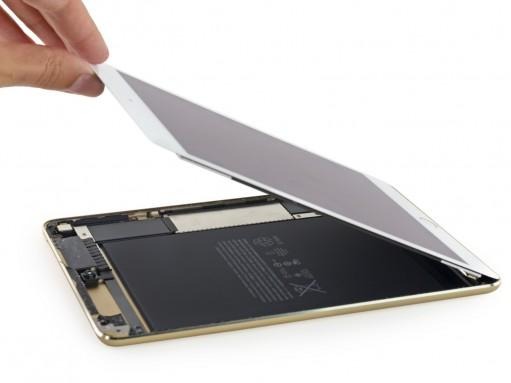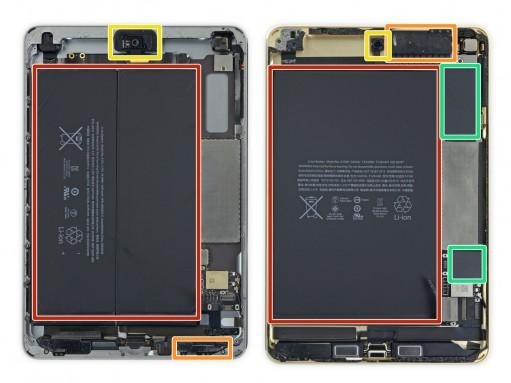iPad Mini 4 Teardown: A Hard To Repair Mini iPad Air 2
New device, new teardown. As Apple's newest iPhones and iPads make their way to customers, iFixit asks the usual question it asks of any new device in the market: how easy, or hard, will it be to fix? Given how Apple's devices are tightly sealed contraptions, perhaps the terribly low final score of the new iPad Mini 4 isn't that shocking. But the little tablet did still manage to make some interesting revelations, like how this small tablet resembled more the iPad Air 2 than its immediate predecessor.
Of course in size it is undoubtedly an iPad Mini, but even externally it deviates subtly from the iPad Mini 3 before it. The speaker holes, for example, have been simplified and reduce din number, the dual rear microphones have been relocated, the rotation lock slider is no more, and the thickness goes down from 7.5 mm to 6.1 mm. Other than those, however, the overall design language remains largely unchanged.

Inside, however, is where the changes lie. The display is now fully laminated, with glass and display fused together in one unit. It makes the whole setup not only thinner but also more rigid. The Touch ID cable is attached to the display unit this time as well. Part of the tablet's antenna lies at the top, though half still remains on the bottom. These are some of the changes that were found inside the iPad Air 2, making the iPad Mini 4 look more like a mini Air 2 than a strictly Mini 3 successor.

There are very little surprises inside the iPad Mini 4. We already know about the Apple A8 processor and its M8 co-processor partner. 16 GB of storage isn't something that Apple keeps a secret either. The teardown does confirm what has so far been leaked and speculated on. The iPad Mini 4 does come with 2 GB of RAM.
As for repairability, the iPad Mini 4 scores a dismal 2 out of 10, one of the lowest in the industry. That, however, is hardly surprising. Apple doesn't really encourage self-repairs nor does it advocate unaccredited third party service providers. It wants consumers to go to its authorized service centers to get their devices repaired. Sometimes for a fee, of course.
SOURCE: iFixit
